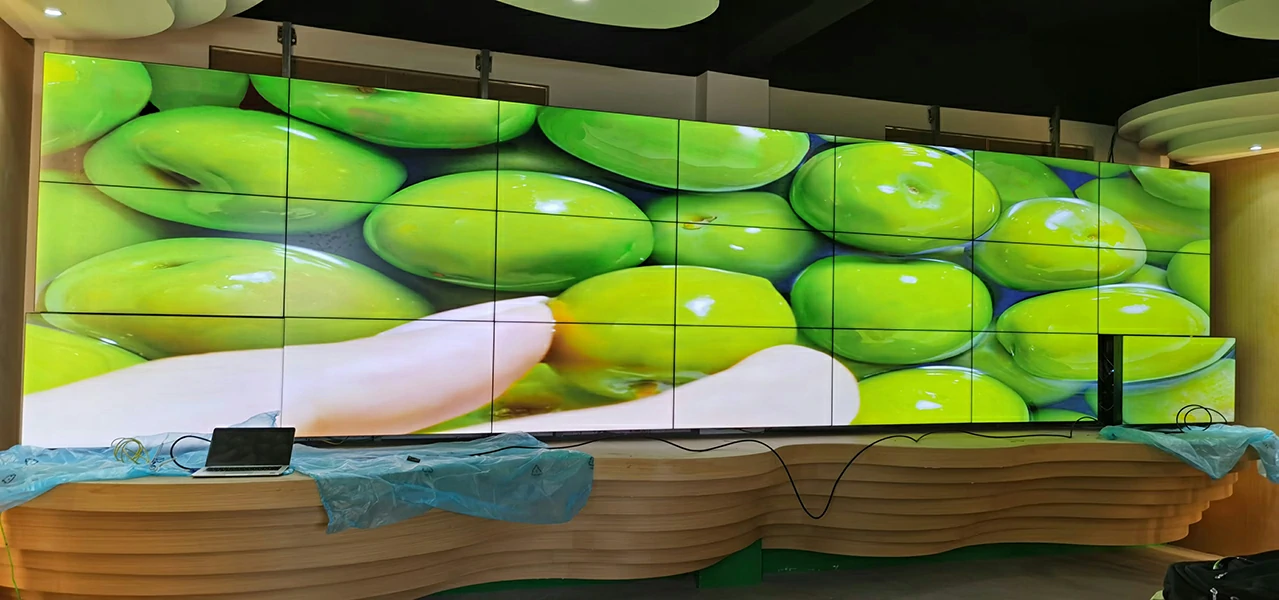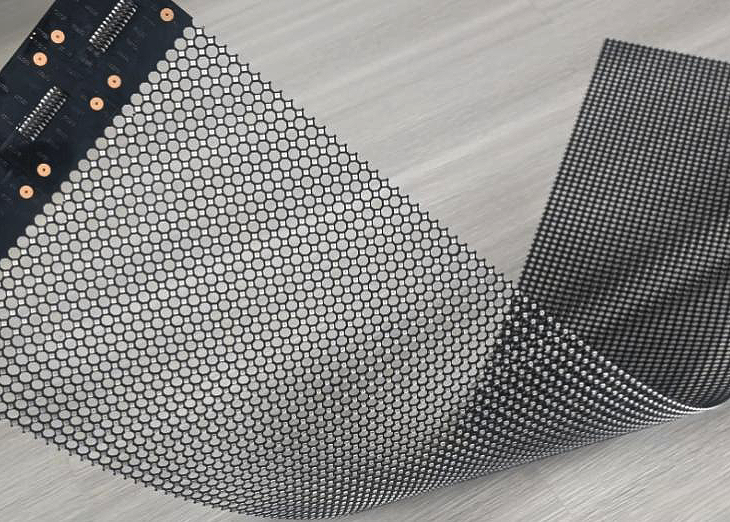
LCD digital video wall have been widely used in various industries, but there are still certain color difference problems in LCD splicing walls. Generally speaking, the color difference of the LCD splicing screen is mainly reflected in the inconsistent brightness and chromaticity of the screen, that is, a certain part of the screen is particularly bright or dark. Based on these problems, today I will share with you the reasons and solutions for the color difference of the LCD splicing screens.

First: the cause of the color difference of the LCD digital video wall
1. The inconsistency of brightness and chromaticity of the LCD splicing screen will lead to the difference in brightness and chromaticity of the screen, which usually manifests as a certain part of the screen is particularly bright or dark, which is the so-called mosaic and blurred screen phenomenon.

2. Separately, the difference in brightness and chromaticity is mainly due to the discrete nature of the inherent physical properties of LEDs. That is to say, due to the manufacturing process, the photoelectric parameters of each light-emitting diode are inconsistent. Even within the same batch, brightness can vary by 30% to 50%, often by as much as 5 nanometers in dominant wavelength.

3. LED is self-luminous, within a certain range, the luminous intensity is proportional to the current supplied to it. Therefore, in the process of circuit design, manufacture, installation, and debugging, by reasonably controlling the driving current, the brightness difference can be reduced as much as possible. Taking the average as the standard value, it should be less than 15% to 20%.

Second: the solution to the color difference of the LCD digital video wall
Chromatic aberration is mainly caused by the wavelength difference between LEDs, which is a fixed optical parameter. It cannot be changed later. You can say that. Chromatic aberration is caused by differences in optoelectronics physical properties between light-emitting diodes. As long as you use LEDs with a small enough difference on the display, you can completely solve the problem of chromatic aberration.

Solution 1. Choose LEDs from the same batch. This solution is simple in operation, low in cost, can effectively control differences to a large extent, ensure consistent chromaticity, and basically meet the actual needs of many LED manufacturers.

Solution 2. Perform spectral separation and screening (mostly using professional spectral color separation machines). The practice has proved that the screening effect is very good.

The above method not only effectively controls the chromatic aberration, but also meets the requirement of brightness consistency by classifying the light intensity under the same voltage (or current).















